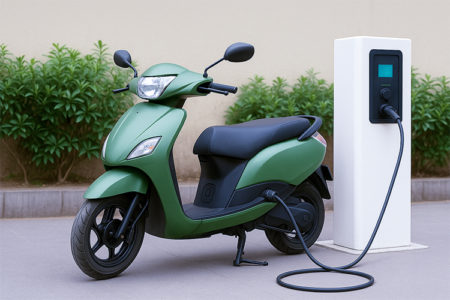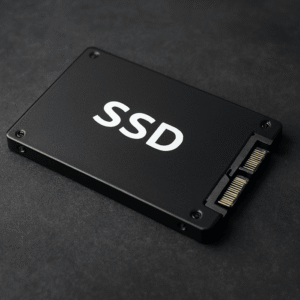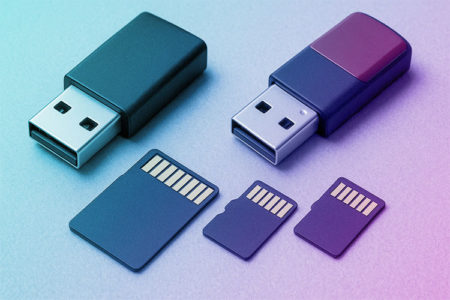CMR today released its MarketVision 2014 for Telecommunications in India. Below are the key trends identified for 2014 for some priority segments.
Mobile Handsets
2013 witnessed the first time decline in growth of feature phones in India and this trend is going to further sharpen in 2014 as the primary focus of the industry as well as consumers would remain around the smartphones.
CMR identifies the following trends for 2014 in Smartphones
- LTE enabled smartphone releases to be among priority areas of the vendors.
- Chinese ODM’s have started taken a direct OEM route towards India Smartphone market. CMR expect around 10 Chinese ODMs entering into India Mobile market in 2014.
- ‘Made in India’ smartphones amount to 47% of the total sales. With such tremendous growth and success witnessed by these brands in the local market, 2014 will be the time to look at newer geographies including MENA, Latin America and the SAARC region for the home grown vendors. CMR expects 3-4 such brands looking for new geographic markets.
- With the increasing confidence and reliance of Indian consumers on the online retailing, particularly after the emergence of successful platforms like flipkart, CMR expects the role of ‘etailing’ becoming important for emerging brands who for various reasons cannot establish their physical distribution network across the country, particularly the non-metro cities and towns.
- While the ecosystem partners like ODMs and app developers will be exploring Windows as a platform for mobility, CMR identifies Tizen, Firefox, Ubuntu and Sailfish among the new open source OSs emerging in 2014 in the India market.
- CMR expects vernacular apps to start getting focus in 2014 from the developer community in the country. Since national elections are going to be among the predominant themes for 2014, we expect a lot of apps being developed around this space which could be owned by a political party or being promoted by a neutral app developer.
Tablets
- 2014 is going to be the first ‘non-android’ year for Tablets in India. While the Tablet vendors will continue to pursue the Android portfolio, the focus will however, remain more on Windows platform.
- To support high speeds networks, CMR expects LTE enabled Tablets being released in 2014 by various vendors across platforms.
- There will be transition in screen size from 7inch to 8inch, primarily to increase the differentiation of Tablets from the ‘Phablets’.
- Tablet adoption in enterprises to go up as a result of ‘TAAS’ (Tablet as a Solution) which will be a combination of hardware, LoB (line of business) apps, cloud and other elements required by an enterprise to recognize Tablet as a high productivity device.
- Finally, 2014 might find the differentiating answer between a smartphone and a Tablet in the consumer space, particularly after the emergence of Phablets. Once such alternative worth exploring would be differentiating Tablets for consumers based on the life stage of potential users. This could eventually mean emergence of Tablets for kids, youth, professionals, elderly and women.
Data Card
- Open market data cards expected to see more breadth in the market offerings as many OEMs expected to announce new models supporting data sims of multiple operators. These models are mostly expected to be 3G enabled.
- Since open market data cards are going to increase in the market, we expect collaboration between data card OEMs and the device vendors like of Laptops, Notebooks, Chromebooks, Tablets, etc. for bundling of the data card with the devices having higher attach rate.
- In India LTE is predominantly available through data cards. In 2014, CMR expects more models of LTE data cards being announced by the OEMs and possible operator bundling of these devices to push LTE adoption among consumers.
- WiFi local hub enabled data cards have already been introduced towards the end of 2013. This is going to be one of the focus areas of OEMs in 2014 primarily targeting SOHOs and small firms in the country.
Structured Cabling
- The Fiber-optic cabling likely to drive the SCS growth in the country. Need for future-proofing of networks and Data Centre consolidation likely to be primary drivers.
- We expect a transition in copper cables combination usage from Cat 6 and Cat 6A to higher versions of Cat 6A and Cat 7.
- The increasing demand from Infrastructure, Hospitality and Education sectors would see deployment of structured cabling solutions to create new revenue streams for vendors.
- Vendors are expected to see new investments coming in from Tier-2 and Tier-3 cities on account of Government spending, real estate expansion and infrastructure development.
Enterprise Communications
- Enterprises will remain focused at enablement and development of mobility solutions. This would essentially mean emergence of mobile phone, tablet and the app environment within enterprises to increase the overall productivity as well as yield higher RoI spent on the mobility enablement.
- So far, enterprises were focused around inter-networking and integration of legacy Windows based enterprise computing with the emerging Android based mobility devices. Now, this will include enabling of Windows based solutions across devices.
- Enterprise mobility will graduate from simple enabling of functional app to complex development of Line of Business (LoB) apps. Some of the industry segments to lead would include BFSI, retail and manufacturing.
- Play of M2M (Man-to-Machine and Machine-to-Machine) poised to rise in the India enterprise. Apart from office automation, customer support and servicing to be a major application area.
- Cloud Telephony will see higher adoption rate among the India Inc. particularly the SMBs for their need to serve better with limited investment horizons.
- With LTE services on the rise, enablement of IP infrastructure will grow within the enterprise domains. This will eventually lead to adoption of converged telecommunications.
- 2014 onwards, enterprise telecom operators will start creating services and packages for SMBs apart from serving the large enterprises.
- Communication patterns and analytics to play a significant role in determining effective enterprise communications.
- Video, Social Networking and PIM (Presence & Instant Messaging) among few applications that are likely to see rise in usage among India Inc.
About CyberMedia Research
A part of CyberMedia, South Asia’s largest specialty publisher, CyberMedia Research (CMR) has been a front runner in market research, consulting and advisory services since 1986. CMR offers research and consulting services – insights, market intelligence, market sizing, ecosystem mapping and go-to-market services – covering the Information Technology, ITeS, Semiconductor & Electronics, Telecommunications, Government, SMB & Entrepreneurship, Smart Infrastructure, Energy & Utilities and Healthcare & Life Sciences verticals.
Cyber Media Research Ltd., an ISO 9001: 2008 company, is a member of the Market Research Society of India (www.mrsi.in) and enrolled with ESOMAR (www.esomar.org) CMR’s forthcoming studies include stakeholder satisfaction surveys, mega spender assessments and market mapping studies for these domains.
For more details, please
visit http://www.cybermediaresearch.co.in or http://www.cmrindia.com/
For Media Inquiries, please contact
Vishaal Bhatnagar
Associate Vice President
+91-9810191634
vbhatnagar@cmrindia.com
For Industry Inquiries, please contact
Faisal Kawoosa
Senior Manager – Research & Consulting
CMR Telecoms Practice
fkawoosa@cmrindia.com












